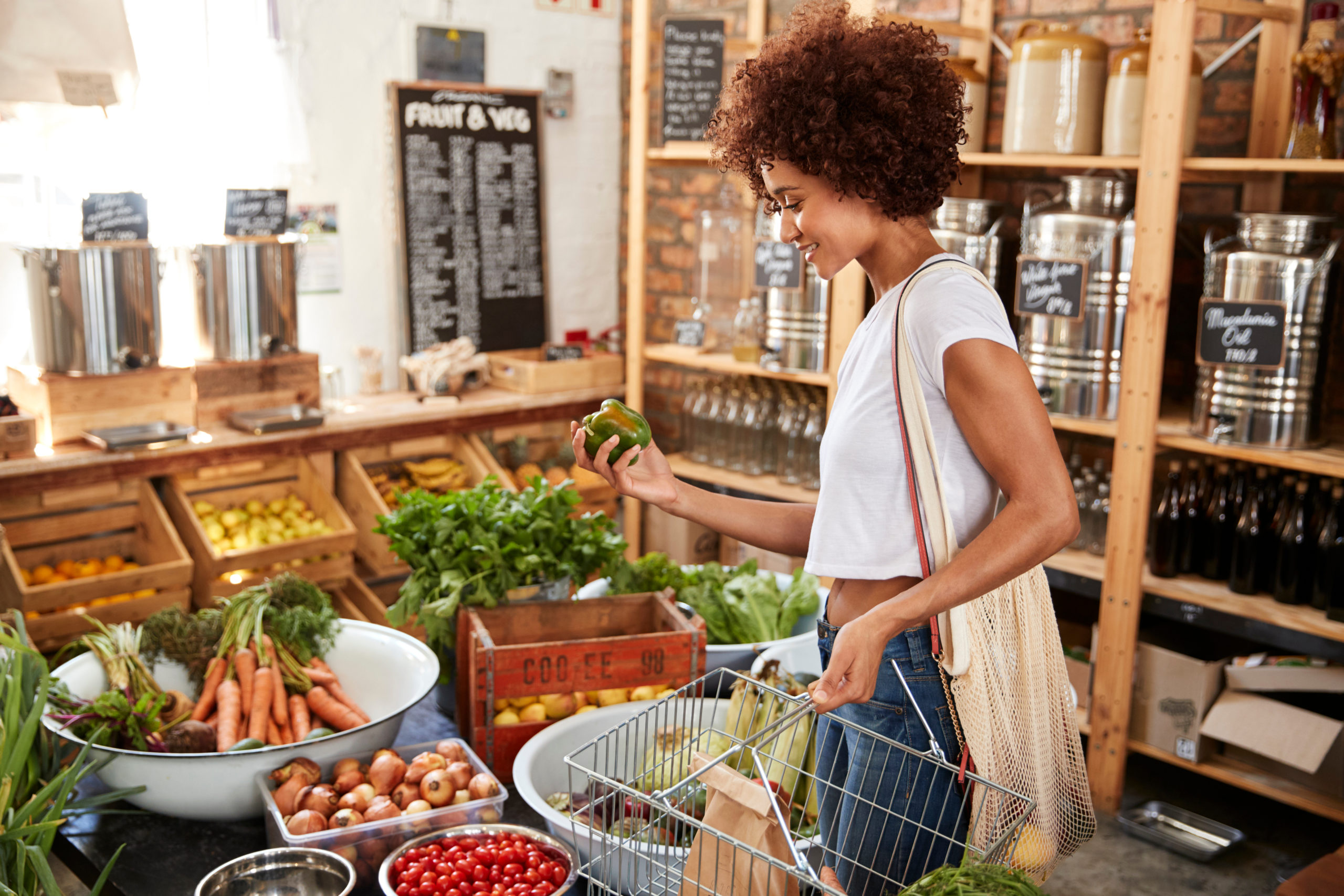Food is one of the basic necessities in life. It provides all the essential nutrients as well as energy to help people grow, develop, and, most importantly, survive. However, keep in mind that not all products in the market can be safe. That’s why you have to be attentive when shopping for food.
These days, the cases of foodborne illnesses continue to grow. Although the American food supply is one of the safest in the world, it’s estimated that 48 million people suffer from foodborne illnesses annually. That’s one for every six Americans every year.
This rising number puts severe pressure on the food industry, forcing them to adopt technologies (e.g., detectors and X-rays) to produce safe and quality food. Food manufacturers often go comparing metal detectors and X-ray machines to improve and streamline their food safety processes.
So, for the next time you visit the grocery, here are food shopping tips and tricks to ensure food safety and quality to prevent foodborne illnesses and diseases.
- Check For Physical Damage And Defects
Before putting items in the grocery cart, be sure to evaluate their physical appearance thoroughly. Otherwise, you might be purchasing products with minor or major defects. Such defects can affect the quality and safety of the food.
That said, here are some tips you might want to use:
- Check For Dents: Dents are common signs of physical damage. It means a particular product has been mishandled during production or distribution. If a product has dents, pathogens may enter and contaminate the food.
- Check For Bruises: Bruises are a sign of physical damage that often occur in raw produce (e.g., fruits and vegetables). Like dents, they leave areas where disease-causing bacteria may grow, causing the food item to spoil much faster than the indicated expiration date.
- Check For Broken Packages: Consumers who don’t check items before purchasing often end up grabbing products with broken packages. Broken packaging leaves enough room for microorganisms to grow and contaminate the food.
- Check For Bulging Cans: Bulges are a sign of a serious product defect that usually occurs in a wide variety of canned goods (e.g., canned tuna, pickles, etc.). It means the product has not been vacuum sealed properly, encouraging the growth of microorganisms like Clostridium botulinum. This pathogen produces toxic gas inside, leading to bulging cans.
Physically damaged food products can cause serious health complications, such as severe diarrhea and dehydration. Check your pantry right now and remove damaged products as soon as possible to mitigate health risks.

- Check The Indicated Dates
There are two important dates you need to check when purchasing food: best before and expiration dates. A best-before date suggests that a product remains at its best quality until that date. Also, it’s often indicated on food items that don’t require freezing or refrigeration, such as dry goods.
On the other hand, an expiry date indicates whether a particular food product is safe for consumption. A product is considered expired after that specific date. It must not be eaten and must be disposed of as soon as possible to reduce the risk it carries.
Another date you might want to check is the manufacturing date. Although it’s not as important as the best before and expiration dates, knowing them can help you better understand when the product is manufactured.
- Handle High-Risk Foods With Care
High-risk foods can be easily contaminated by bacteria and other microorganisms. That’s why it’s important to handle them with extra care during grocery days.
High-risk foods include:
- Meat (raw and cooked), such as ground meat, poultry, and other products containing meat (e.g., curries, stews, casseroles, and lasagna)
- Eggs and egg-based products, such as salad dressings, custards, puddings, mousse, eggnog, and cream pies
- Dairy products, such as custards, tarts, cheesecakes, milk, creams, yogurt, cheese, and butter
- Ready-to-eat foods, such as rolls, pizzas, frozen cakes and desserts, sandwiches, soft cheeses, prepared fruit salads
- Cooked pasta and rice
- Small goods, such as salami, bologna, and ham.
- Prepared salads, such as rice salads, vegetable salads, and pasta salads.
These foods should not fall within the range of the temperature danger zone (5-60 degrees Celsius). They must be lower than 5C or higher than 60C.
Also, when purchasing high-risk foods, you want to ensure to minimize their exposure to the danger zone. This can be achieved by taking them home as fast as possible.
Final Words
When food shopping, pay attention when picking out your goods. Always check for physical damage, take note of the dates, and handle high-risk foods with extra care. With these three simple tips, you’ll be able to save your family from foodborne illnesses.






